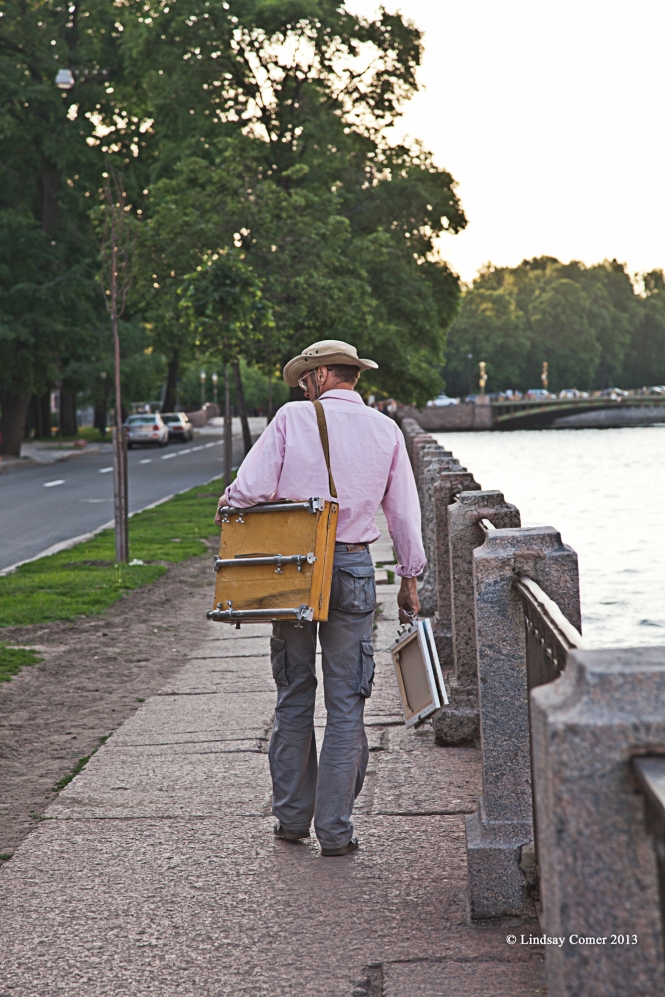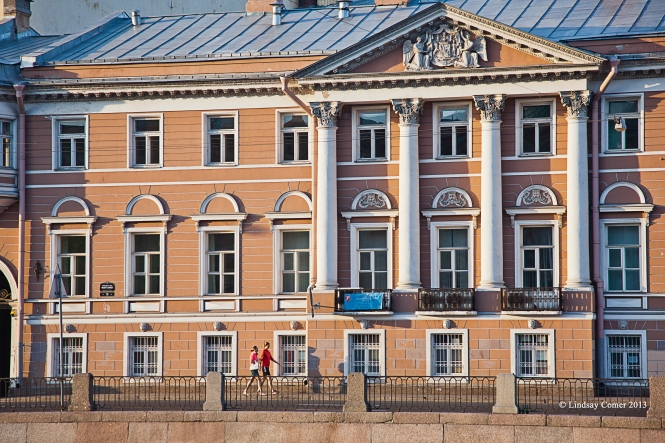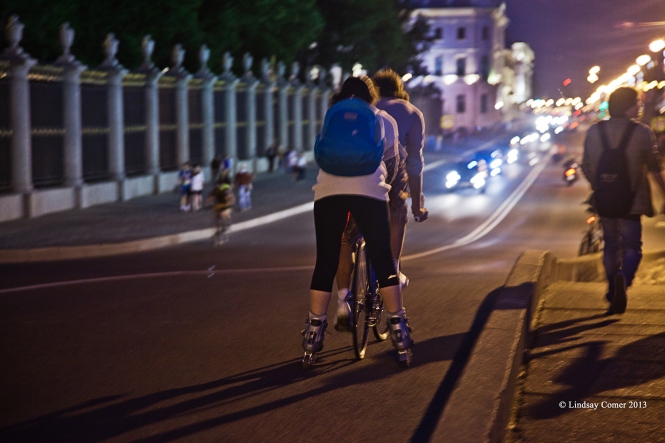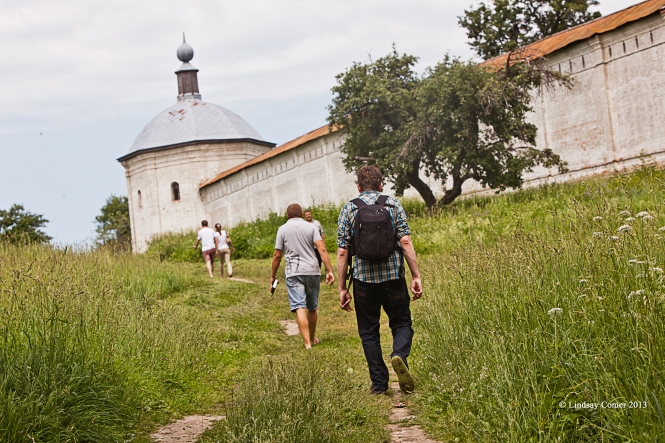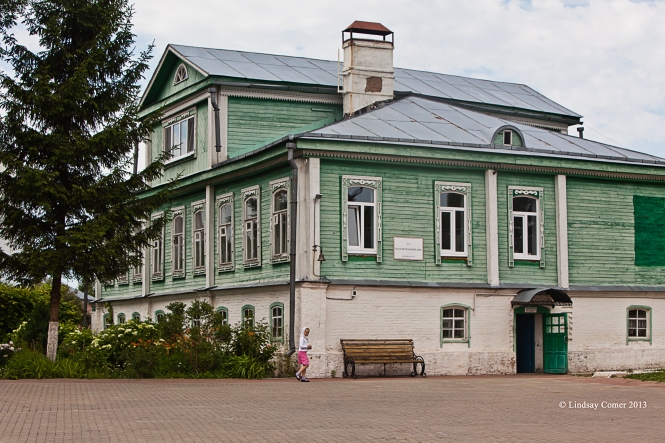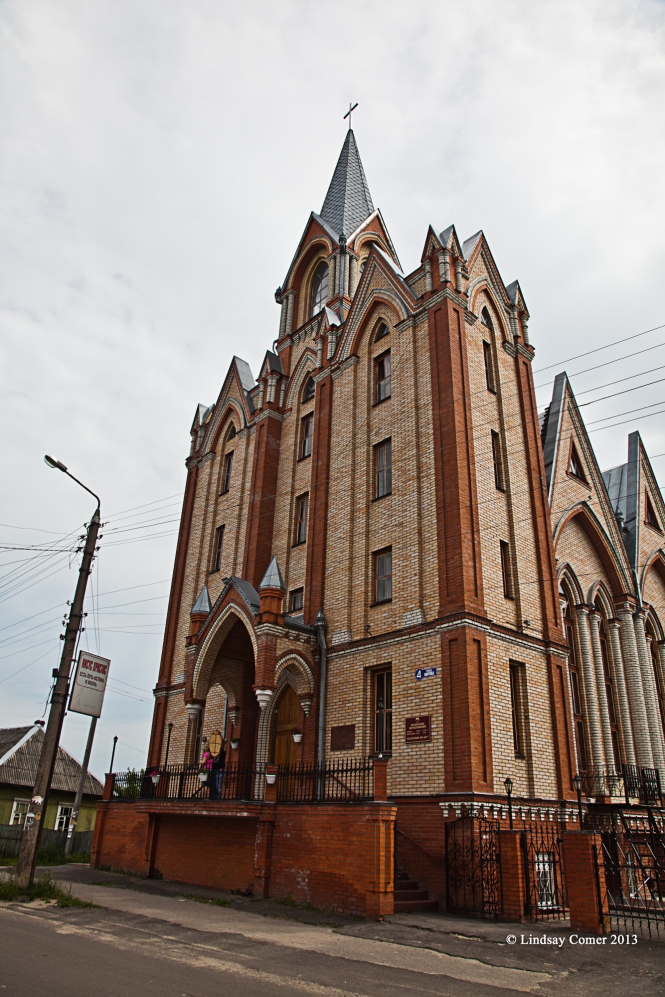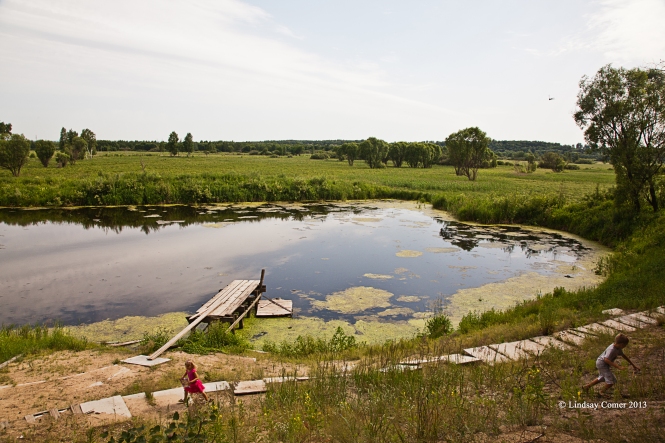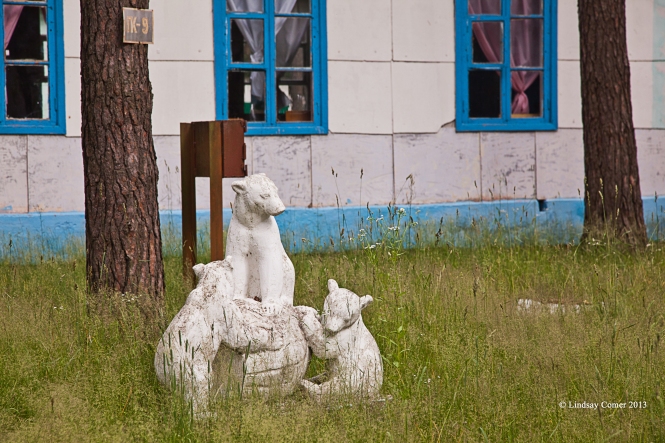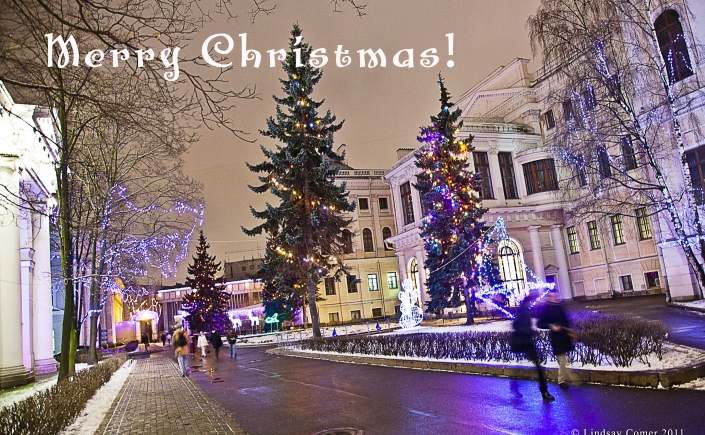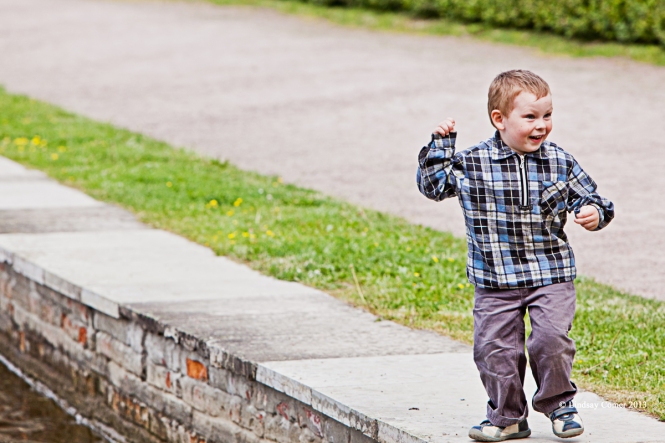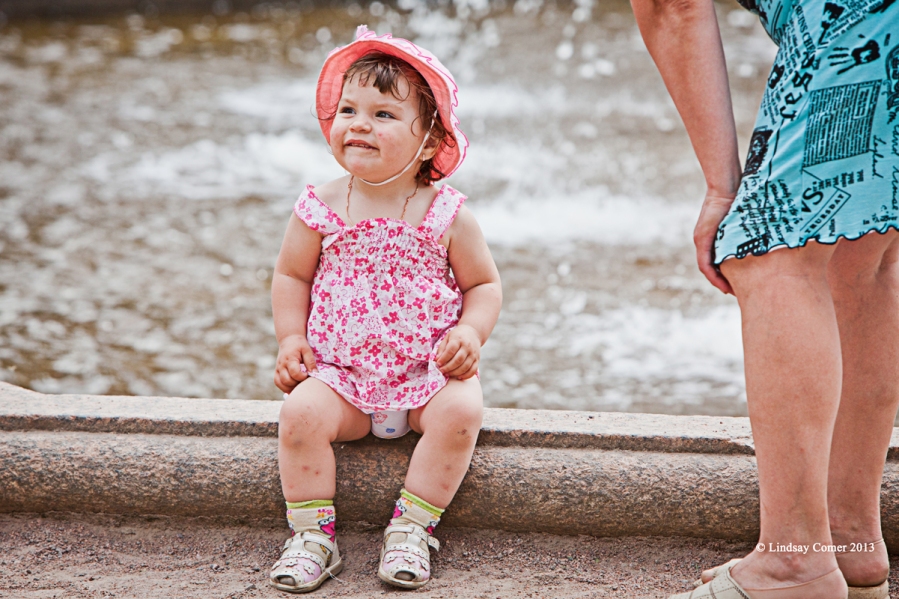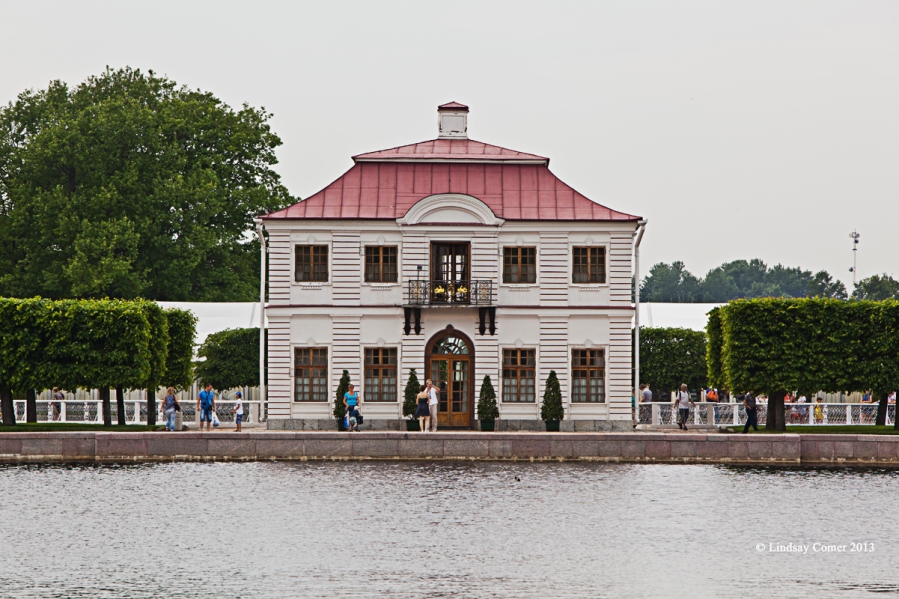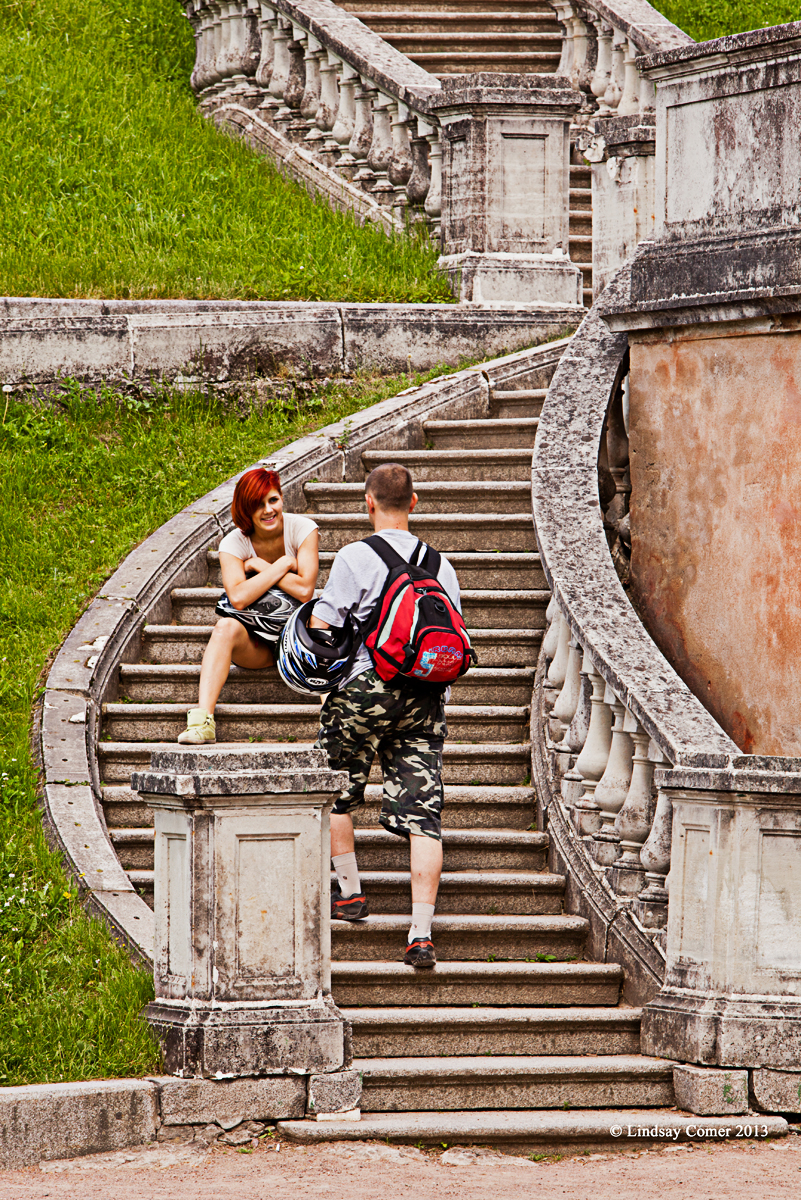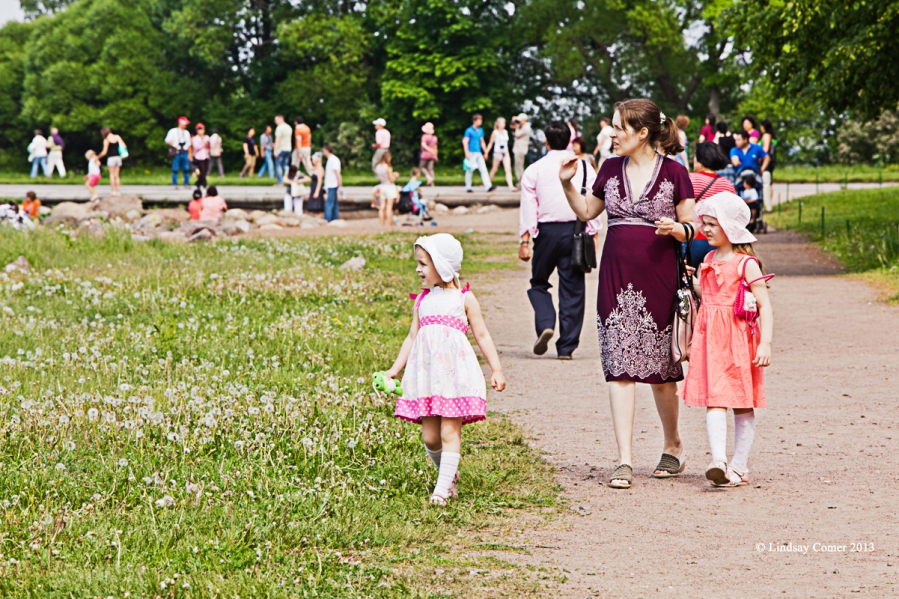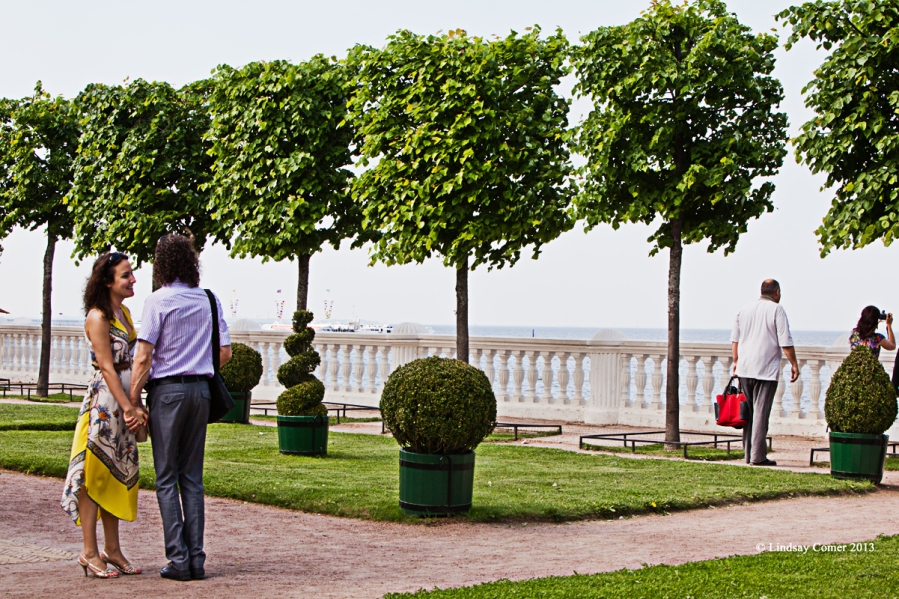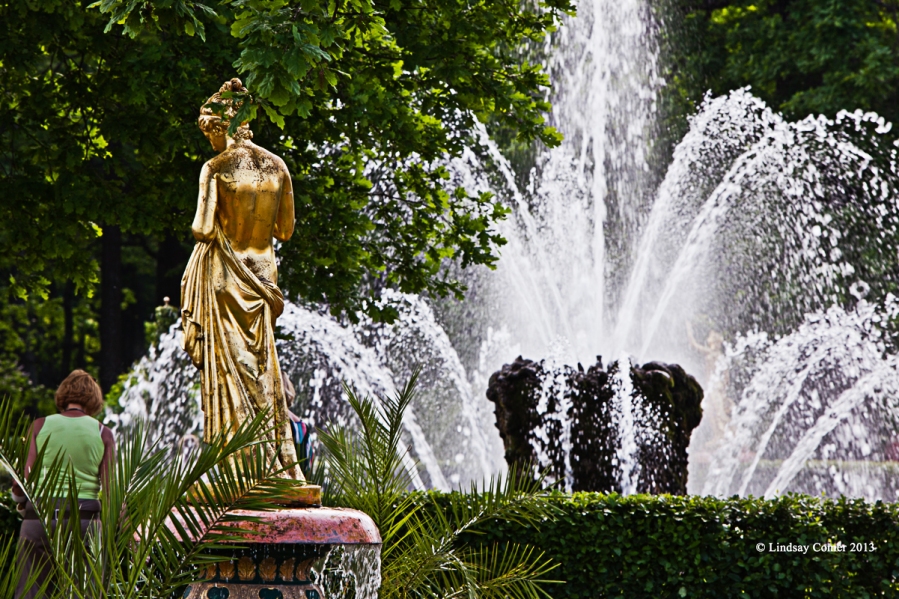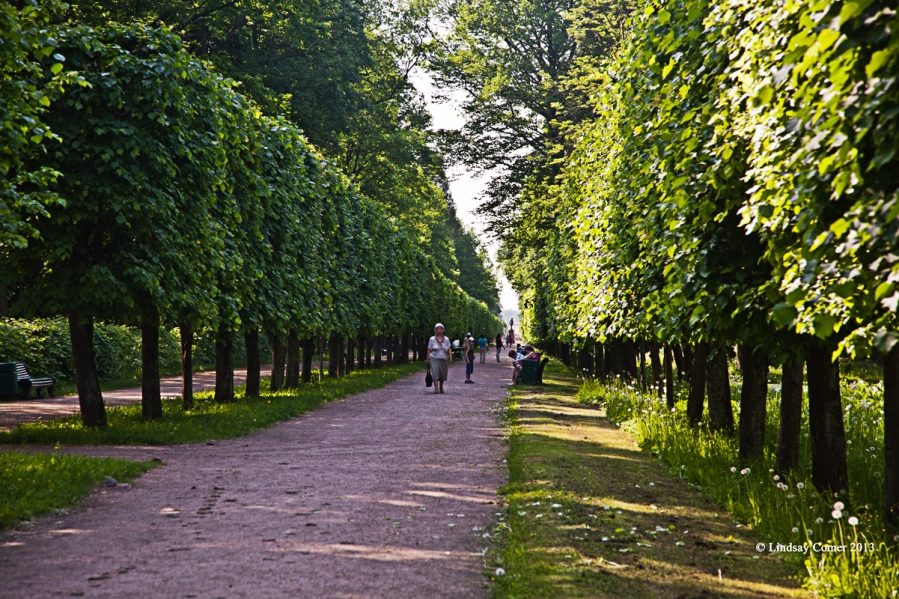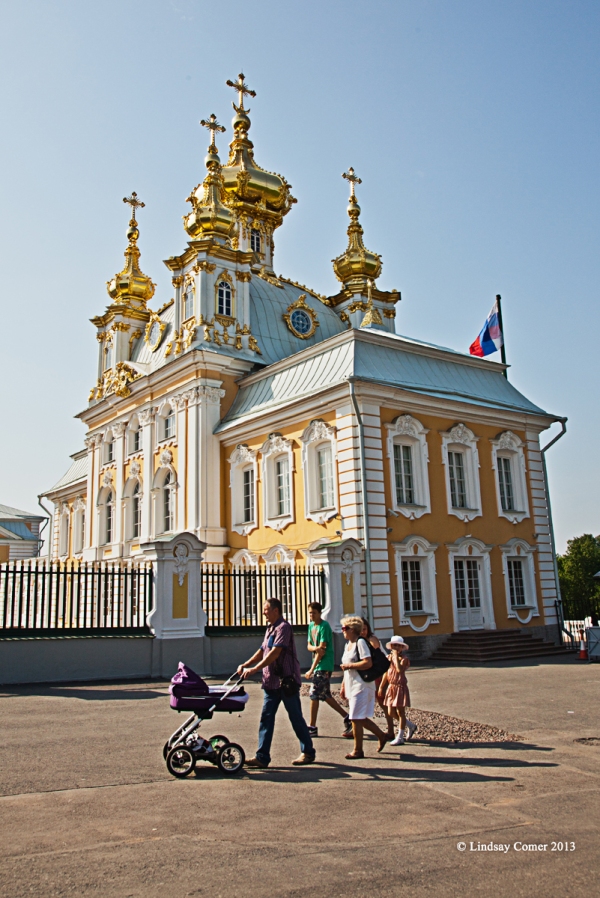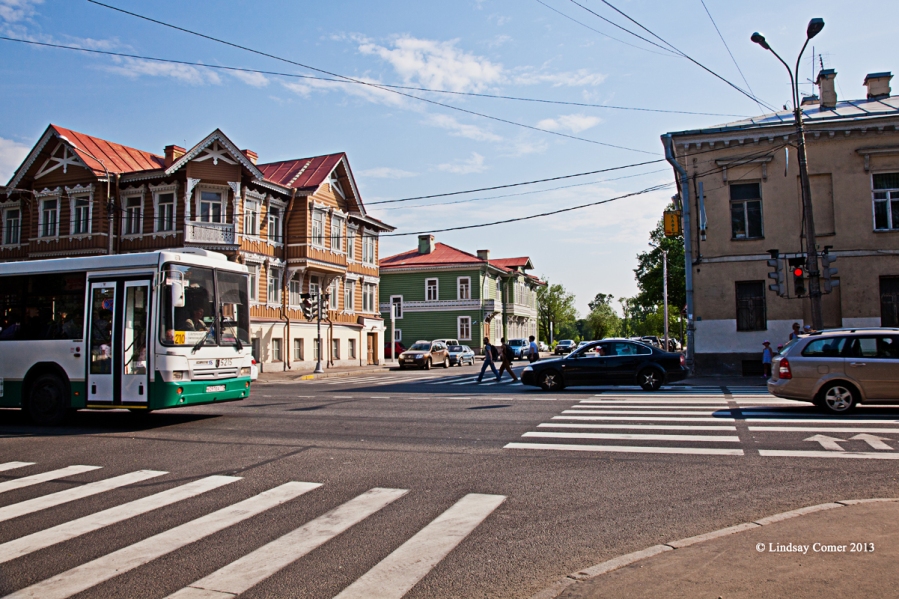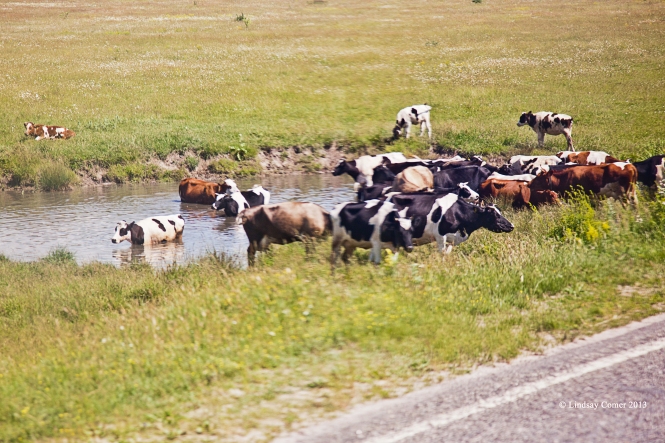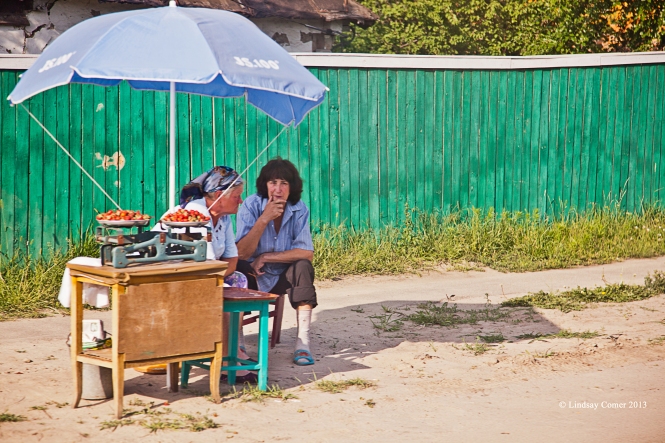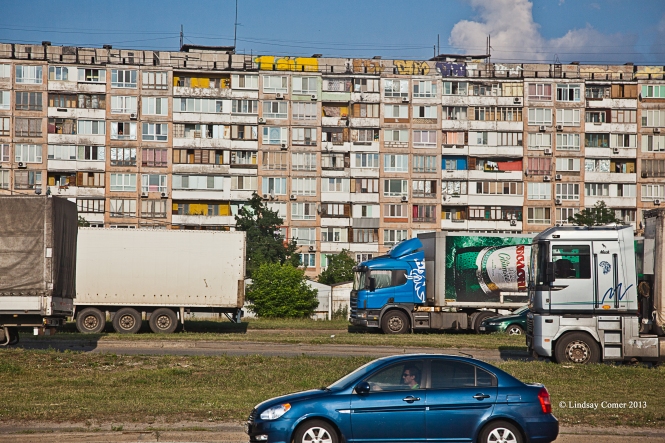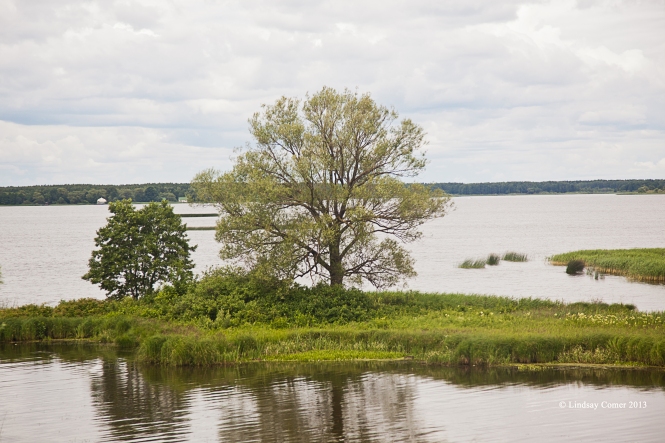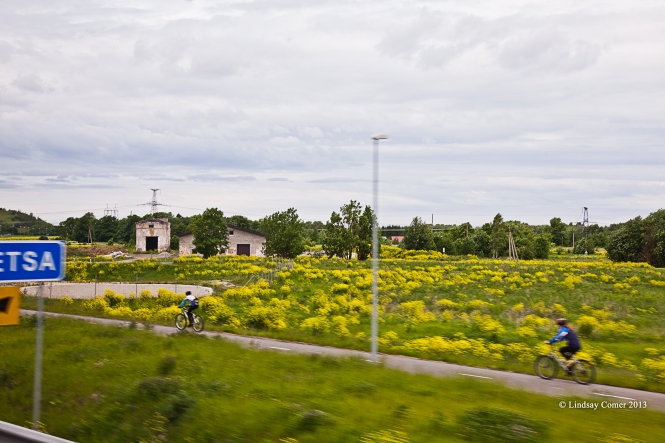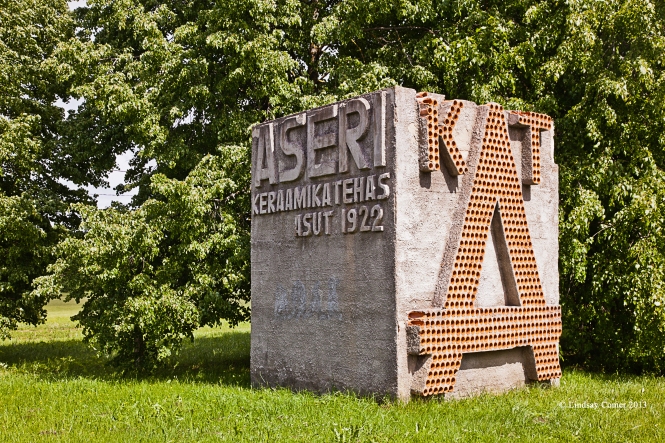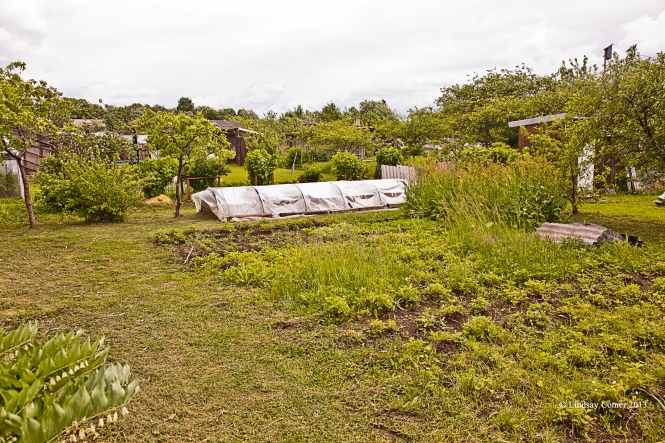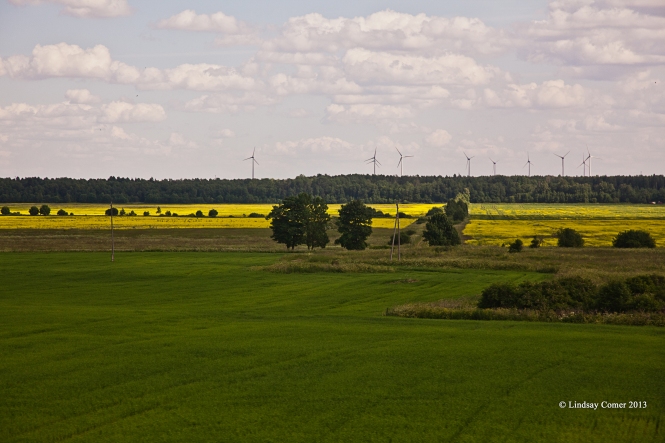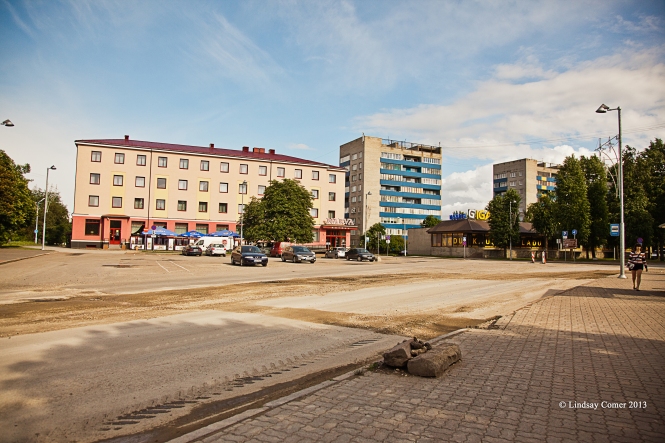On April 26th, 1986, the world experienced a nuclear disaster that changed the course of history. Not only did leaders and citizens across the globe become acutely aware of the dangers involved in utilizing nuclear energy, but it is speculated that the Chernobyl catastrophe was one of the primary reasons that the Iron Curtain eventually came down in 1991 after seventy plus years of Communism.
Mikhail Gorbachev comments in 2006:
“The nuclear meltdown at Chernobyl 20 years ago this month, even more than my launch of perestroika, was perhaps the real cause of the collapse of the Soviet Union five years later. Indeed, the Chernobyl catastrophe was an historic turning point: there was the era before the disaster, and there is the very different era that has followed……The Chernobyl disaster, more than anything else, opened the possibility of much greater freedom of expression, to the point that the system as we knew it could no longer continue.”
Read more at http://www.project-syndicate.org/commentary/turning-point-at-chernobyl#9oKyujCku8e0LSx9.99 ”
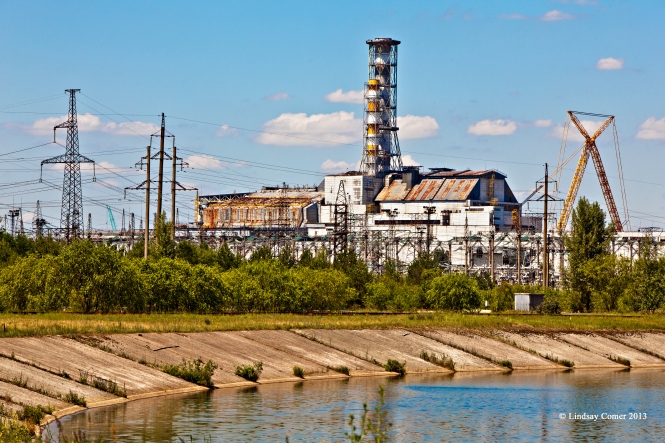
Reaktor Number 4.
One of the things that makes Chernobyl (and harnessing nuclear energy) so controversial to this day, I believe, is that the Chernobyl disaster is blamed on human error – something which always poses a huge risk. It is accepted that the disaster took place because the proper safety precautions were not accurately followed when the system was undergoing a series of tests. Regardless of the reason why the human error occurred (whether it was due to inadequate understanding, negligence or a lack of supervision), the disaster could have been prevented. Additionally, the secrecy surrounding the situation and lack of communication regarding its seriousness was also called into question. In fact, it wasn’t until Swedish scientists detected a cloud of radiation over Sweden that the outside world came to know of the dangerous event that taken place. The nearby city of Pripyat, where many of the Chernobyl workers and their families lived, had not been immediately notified of the disaster and was not actually evacuated until almost a day and a half later, by which time people had already begun to feel unwell from the radiation fall-out. Finally, an official announcement to the people of the Soviet Union was made, on April 28, 1986.
Additionally, the total number of lives whose health has been directly affected by the Chernobyl disaster is still a subject of controversy. The number of cases of adolescent thyroid cancer have been on the rise in the years following the melt down, as well as an increase in psychological issues and trauma for many of the people who were directly impacted by the event. However, the total overall numbers affected by the radiation fall-out and its future implications remains somewhat unclear (this will also likely be the case with the more recent Fukushima nuclear disaster). The first responders following the initial steam explosions (primarily firefighters) went into to control the situation under the assumption that they were dealing with an electrical fire, seemingly unaware of the dangers that the radiation posed – all of them died of acute radiation sickness in the following weeks.
A second round of volunteers were called to the Reaktor site to stop a subsequent potential steam explosion from the molten radioactive liquid that was in danger of seeping through the ground level of the reaktor into the pool of water below….. our tour guide told us that this second round of volunteers (which he described as many – Wikipedia only lists three names, all of whom died shortly after their efforts) knew the risks of the radiation exposure they were facing in trying to stop another catastrophe, but gave their lives to try and halt the potential explosion, which would have been far more severe for everyone across the globe. When we were visiting my Russian friend in Bryansk, she showed us the monument in the center of the city for the Chernobyl heroes – many volunteered from that region of Russia and her father said that many of them, if they did not die shortly thereafter, died in later years from health issues associated with the radiation exposure. Hence the monument also in Chernobyl, dedicated to those who risked their lives in stopping the disaster from being more tragic for the rest of the world:

a monument <To those who saved the world> for the volunteers and firefighters who stopped the Chernobyl disaster from becoming worse.
If you find yourself in Kiev in the future and you have the time, I highly suggest visiting the Chernobyl Museum – my husband and I went there two years ago on our first visit to Kiev; it gives you a chilling sense of the aftermath for many who were directly affected by the Chernobyl disaster. It is one of the most interesting museums and very well composed. For more information on the events of the Chernobyl disaster and it’s continuing implications, there is much to be found on Wikipedia and the linked articles, as well as some documentary accounts of this devastating piece of history.
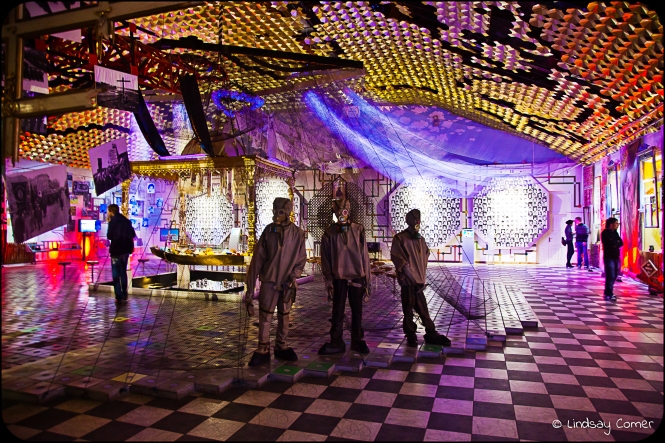
Inside the Chernobyl Museum; Kiev, Ukraine.

Inside the Chernobyl Museum; Kiev, Ukraine.
Here is our experience touring the city of Chernobyl:
I first became interested in visiting Chernobyl years ago when I developed a love for photography and (like all photographers) a fascination for photographing abandoned places and the stories these images tell….. I remember watching a documentary about Chernobyl with my husband and being captivated by the photographs of Pripyat; for my husband, it has been one of his lifelong dreams to visit Chernobyl, having read about it when he was a child who was fascinated by all things nuclear.
This past week, as I was sorting through photographs from our trip in June, I kept going through images from Chernobyl and I cannot believe we were actually there (albeit for only a few hours, but still…..) For me, the whole process of going was a bit overwhelming because I had been reading about the dangers of radiation exposure recently and I found myself feeling very uneasy about traipsing across some of the most radioactive terrain on the planet (a little bit silly on my part, but true, nonetheless). But, I put on my brave suit and decided it was worth the risk. I’ve since learned that the radiation exposure at Chernobyl is either not really that bad, or x-rays are terrible (44 days of moderate radiation exposure at Chernobyl is the equivalent of one chest x-ray)….. I’m inclined to believe the latter, but that’s just me. Please refer to Ray Peat’s articles if you want to learn a different perspective about the dangers of radiation exposure (www.raypeat.com). For those of you who have any interest in taking a tour to Chernobyl in the future, here is how it works…..
First of all, you must apply to go with a touring agency at LEAST two weeks in advance – a registered tour agency is the only way the Ukrainian gov’t now allows tours to Chernobyl, so don’t bother shopping around for better prices. We used Solo East (http://www.tourkiev.com/chernobyltour/). It’s quite expensive and I must say, if I were to do it over again (which I’m not against!), I would absolutely save the extra money and pay for a private tour. We chose the less expensive option of going on a group tour – it was very rushed and people kept running around with the geiger counter and getting in the way of amazing photo opportunities – not my cup of tea. However, we did have some nice conversations with some of the tourists while riding on the bus and during our lunch at the end of the tour, so I guess I should not be such a grouch!
The tours depart from the center of Kiev on a moderately air conditioned bus – ours didn’t always work. During the 3 hour bus ride to Chernobyl from Kiev, you get to watch a really interesting documentary about the nuclear disaster and it’s really worth not sleeping through (which almost everyone on the tour bus did), if you can manage. Also, if you go in the summer time, it is hot and the mosquitos at Chernobyl seemed unaffected by our good chemical bug spray (must be because they are used to radiation!) You are required to wear pants, close toed shoes and a long sleeve shirt. I would also advise wearing something to cover your face (such as a hospital mask) in case it is windy – you don’t want to be inhaling radioactive dust particles. There was no wind the day we went, but I had a mask just in case. Our tour guide was very funny and spoke excellent English – he also had the bus stop for all prime photo opportunities. We were able to go into a small abandoned children’s school (the only building that people are now allowed to enter on a tour), have our photo taken in front of Reaktor Number 4 (tourists are only allowed 15 minutes at the Reaktor site, as there are higher radiation levels there), and walk around the city of Pripyat.
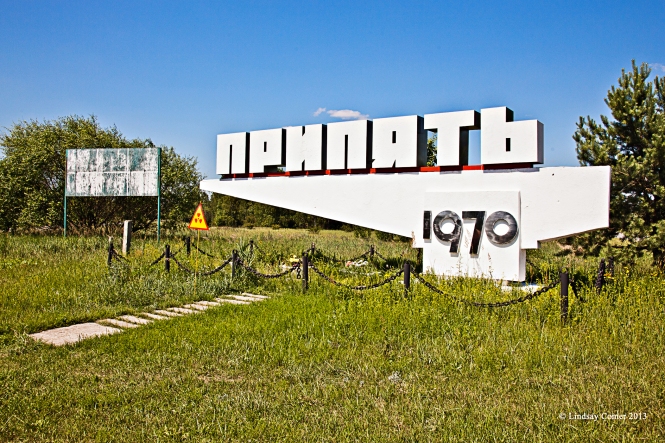
The entrance sign to Pripyat.
For those of you who are not familiar with Pripyat, it was the nearby “nuclear” city where the people who worked in Chernobyl lived with their families. When we visited the Chernobyl museum in Kiev in 2012, I got the impression that Pripyat was suppose to be this sort of modern Soviet paradise – it was home to about 50,000 people at the time of the nuclear catastrophe. Now it is a ghost town and you can hardly see most of the buildings as the plant life has flourished, growing heavily up and around the old apartment buildings. The whole experience was very surreal and we were only allowed to spend about 45 minutes on the premise.
After Pripyat, you are taken to the local canteen (where the Chernobyl workers are fed) for lunch – it was more like an early dinner by the time we arrived. Be forewarned, the courses are seemingly unending (lots of food!), but it was all quite tasty! My husband and I had no need to eat dinner later that evening when we returned to our apartment in Kiev.
All in all, I’m very thankful we chose to go on the tour to Chernobyl and I would highly recommend it for anyone who is fascinated by the former Soviet Union and the events of Chernobyl. And I’m not going to lie, being there and seeing the abandoned facilities and learning more about the negative consequences that resulted in this historic event (and also bearing in mind the more recent Fukushima disaster and its future global impact) did change my opinions regarding the use of nuclear (and radiation) technology somewhat….. If anything, it made me want to become more educated about the effects of even small doses (such as x-rays, body scanners at the airports, contaminated produce and soil, etc.) of radiation on the human body and the environment – this coming from someone crazy enough to even step foot on Chernobyl grounds 😉 But the tour was well worth the experience – the feelings, the photographs and the sense of reality it gave me to see this place where the course of history was transformed for so many – that, is priceless.
If you like my photographs, please consider voting for my entry of Chernobyl & Russia images in the One Life 2013 photo competition – you may vote via this link: http://lindzcomer.see.me/onelife2013
For a great apartment rental when visiting Kiev, here is where we stayed: https://www.airbnb.com/rooms/645325

- This translates something like “the palace of culture” – Energy.

Chernobyl welcome sign.
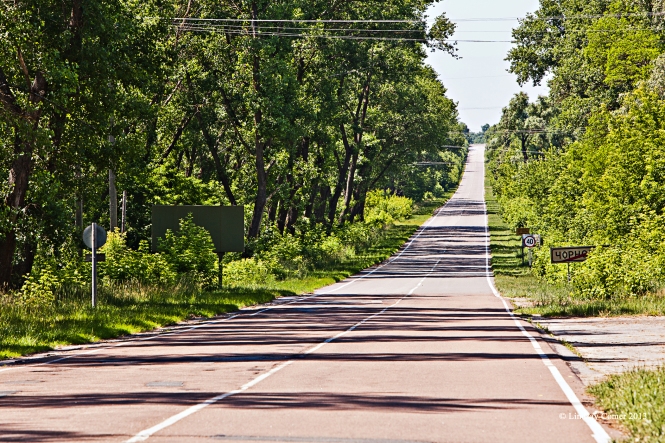
the long road leading to Chernobyl – it was like driving three hours into the middle of nowhere.

an abandoned house within the city limits.

an abandoned house within the city limits.

a road/road sign in city limits.

cool Ukrainian car by the police check point (which we were not allowed to photograph).

“No one is forgotten; Nothing is forgotten.”

monument outside the abandoned children’s school.

an old doll on the ground outside the abandoned children’s school.

old toy oven outside the abandoned children’s school.

inside the abandoned children’s school…..

inside the abandoned children’s school…..

inside the abandoned children’s school…..

inside the abandoned children’s school…..

inside the abandoned children’s school…..

peeling paint.

on the window sill – inside the abandoned children’s school…..

inside the abandoned children’s school…..
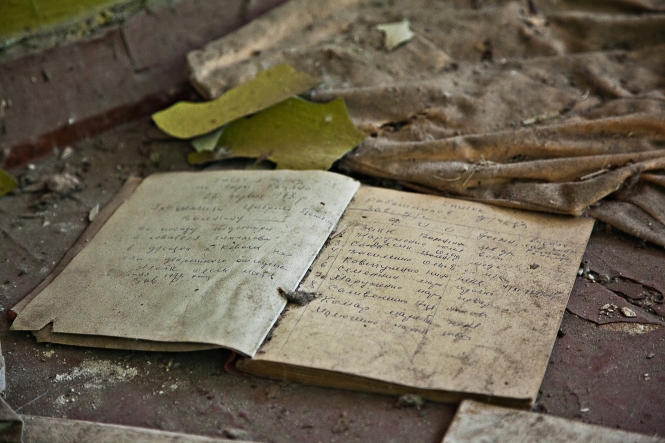
inside the abandoned children’s school…..

inside the abandoned children’s school…..
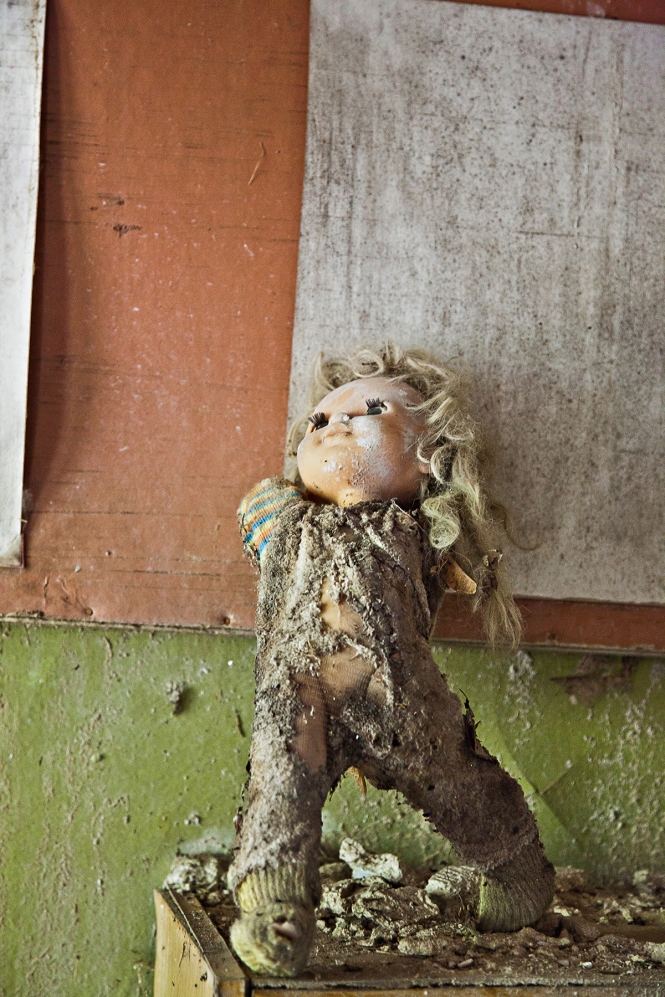
inside the abandoned children’s school…..

Reaktor Number 4.

the road leading to Reaktor Number 4.

Radiation Sign.


Reaktor Number 4.

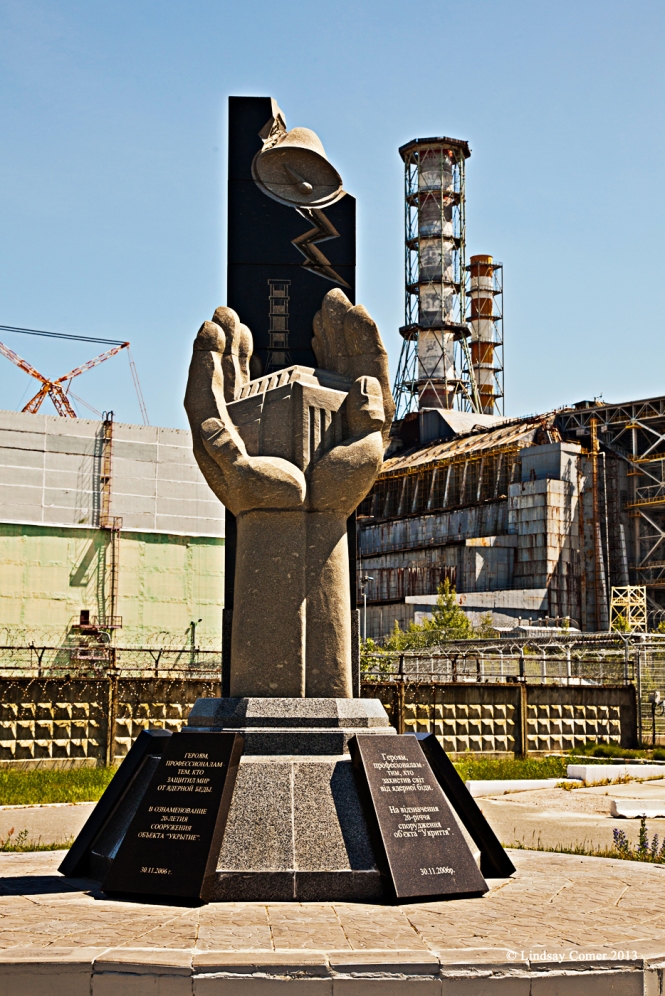
a monument in front of the Reaktor.

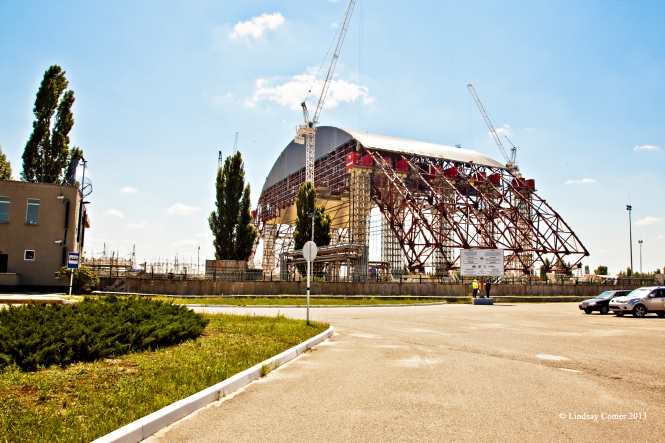
this structure will be going over the reaktor when finished.

the road to Pripyat…..

the sign for Pripyat.


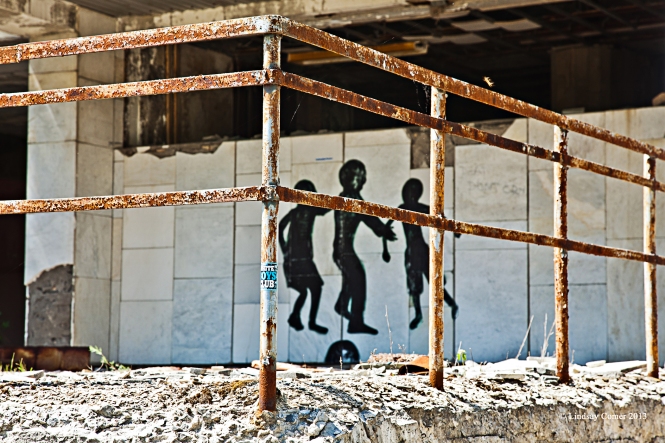

Hotel Polissiya

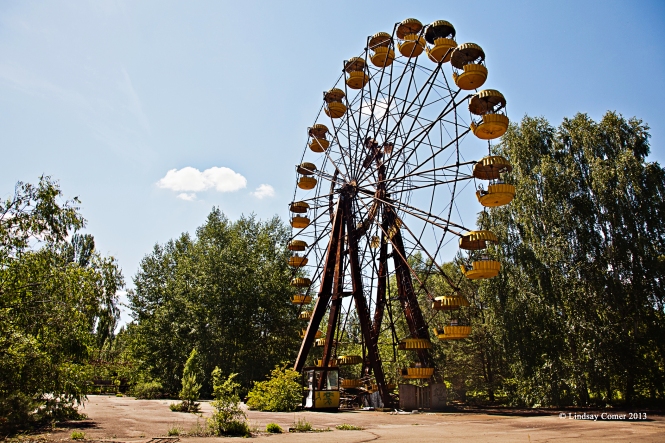
the most iconic of Pripyat Images…..



flowers growing everywhere.

and the iconic bumper car images…..


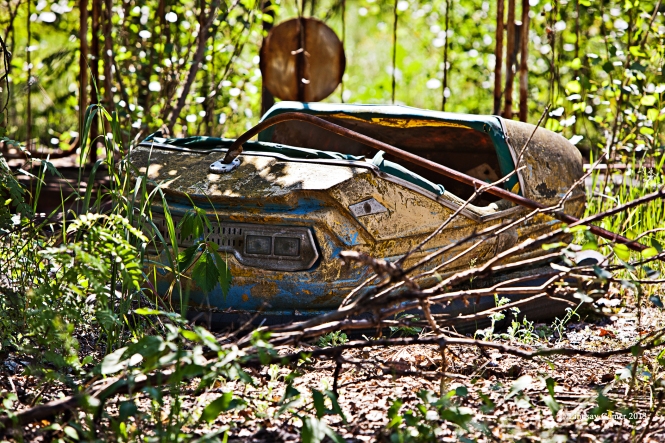
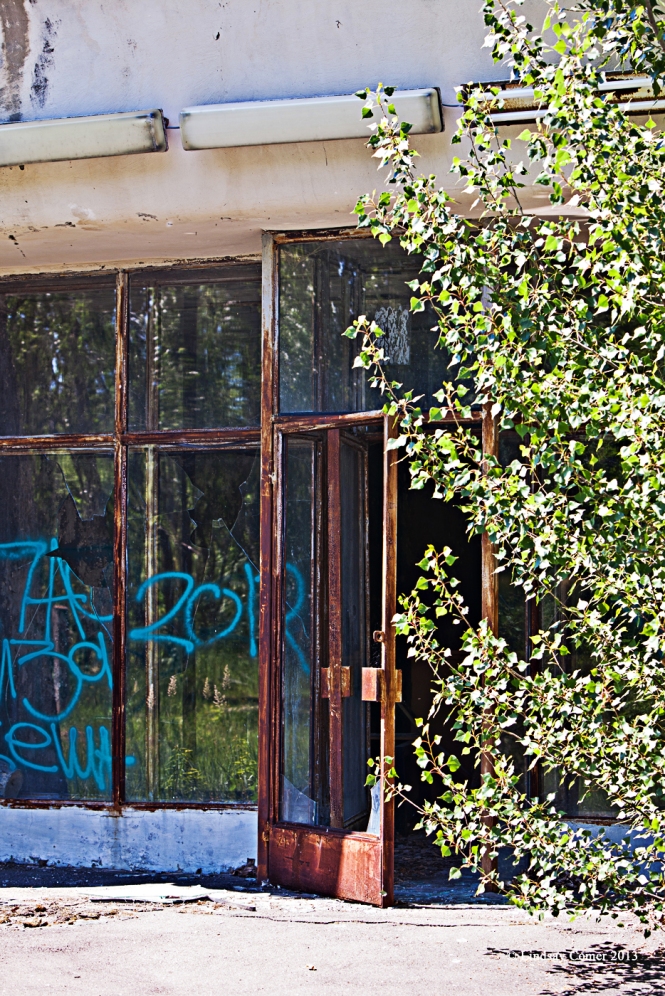





Restaurant.

graffiti on the wall – a child at play.


empty block-style housing.

an old cooling tower.

Chernobyl town – a magazine (like a small grocery store).

inhabited apt. buildings in Chernobyl town.

the Chernobyl canteen – where we ate the lunch at the end of the tour.
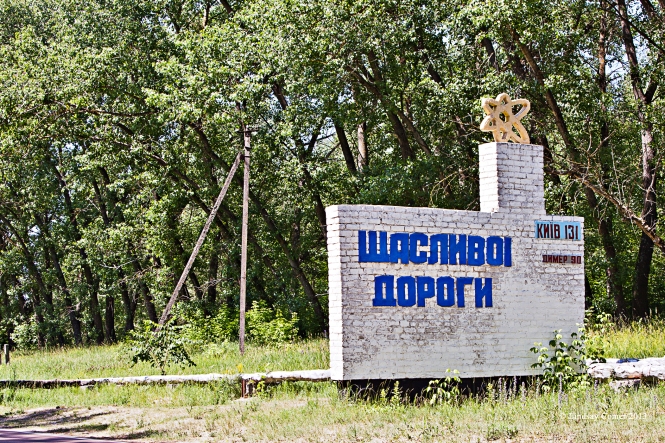
translation: “Have a nice trip”









